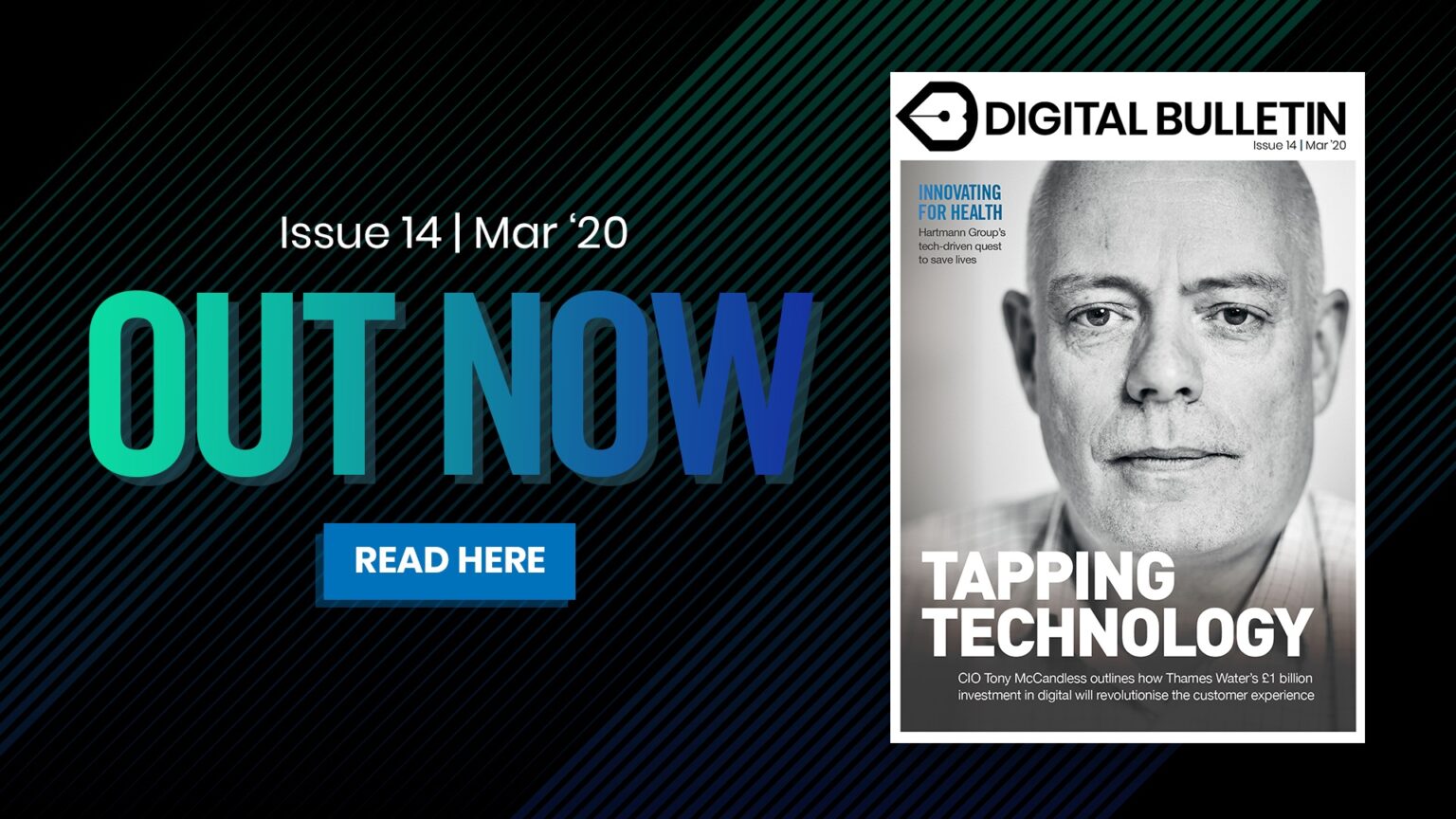
In the debate around technology’s effect on the enterprise, leaders and thinkers naturally lean to the big picture.
The starting point for any technology implementation is the organisational goals: how a new system or product can help move the needle for that business, whether the measure is cost balancing, efficiency or customer service.
How its workforce will feel the impact is also part of that mix, but as agitational coverage of automation, artificial intelligence (AI) and the like refuses to subside, is industry fully cognisant to the human consequences of digital transformation? And how will the relationship between technology and workers manifest in the future?
For those with a positive hunch, the answer lies in “human augmentation”. Also known as “human enhancement”, human augmentation is a broad field of research into how human abilities can be boosted. In the digital arena, the term is used to describe a worker’s job and output being enhanced by the aid of technology. This is in contrast to the argument that technology will have negative and far-reaching consequences for the workforce, including mass job displacement.
But the reality is far more nuanced than these two black-and-white views. The future dynamic between employees and technology is dependent upon infinite factors and, at this stage, is still horribly hard to predict. Chris Huff, a strategic mind in this area for Kofax and a thought leader around human augmentation, believes we are in the midst of a race between technology convergence and human preparedness.
“We have so many converging technologies that are starting to offer companies the ability to develop a lot of capacity very quickly without adding any headcount. At that point, are we empowering the individual worker at the same rate that we are developing that capacity?” he asks Digital Bulletin as part of an in-depth interview.
“If not, you can absolutely start to see when enterprises are going to sway towards technology more than people, in terms of what they’re relying on. We really need to be balanced around this accelerated rate of change and the convergence of technologies.”

Huff believes a common problem is employees engaging too much with work – and that this issue is only going to get worse because of the explosion of data alongside the onset of 5G and a proliferating Internet of Things.
In an ever-more demanding business culture enabled by enhanced technology and connectivity, he says human augmentation could be the only answer to redressing the balance.
“I’ve done a fair number of presentations when you say “human augmentation” to a crowd and they automatically think of Terminator and Skynet… and that’s not a good thing! You have to dig yourself out of that hole initially. But then I introduce the topic by saying humans are more connected to their work than ever before,” Huff outlines.
“The pressures of work are non-stop. Most people feel like they’re trying to fit 11 hours of work into an eight hour day and it’s simply unsustainable. Unless we find a way to embrace these new technologies to augment us, we’re simply going to end up with more technologies that enable us to do more work and keep us more connected, and that’s a very dangerous slope for us to be on.”
Huff’s viewpoint might first be interpreted as unusual; a technologist warning of the side effects of technology and advising a cautious approach to its adoption. But for human augmentation to be successful, he isn’t advocating a technology-resistant approach but an understanding of where it should be deployed.
The aim, Huff says, is for workers “to shift from being data collectors to high-end data users” – and the key to that transition is automation. By his definition, human augmentation is the automating of basic data tasks to support and free up the employee to take more decisive actions. But Huff is keen to make a distinction between this strand of automation and RPA, or robotic process automation.
“Most people, when they think of automation, they think of RPA. It’s one of the most hyped markets right now and it certainly has its place but RPA is really around task automation rather than process automation,” he explains.
“When you start to think about data, data needs to flow along an entire process, all the way from data ingestion – often unstructured items like PDFs, emails etc. – to the transformation of that data with automation and AI. The starting point for RPA is standardised and structured data but first we need to put intelligent automation on the front-end to ingest the data and feed solutions like RPA.”
Kofax’s whole pitch is around the delivery of “intelligent automation”. Huff acts as its Chief Strategy Officer, so drives the growth plans of its core platform which is built around the five capabilities of process orchestration, cognitive capture, advanced analytics, RPA and mobility & engagement.
Huff, who previously led Deloitte’s public sector robotics and intelligent automation efforts in the United States, has helped Kofax leverage its legacy asset portfolio to now offer this broader range of automation services – and the results have been impressive. The company has more than 25,000 global customers, including eight of the world’s 10 biggest banks and seven of the 10 largest insurers.
“Ours is a horizontal platform that relates to any industry,” he adds. “So if it’s manufacturing, healthcare or any others, our technologies are relevant in all of those. But I’d say the quickest to adopt and scale is the BFSI (banking, financial services and insurance) industry, followed closely by transportation and logistics. Manufacturing I would put third, and then I would put healthcare and lifesciences at four, followed by the public sector.”
Why are the big financial players turning to Kofax? Huff believes the rapidly changing dynamics of that particular market have forced the historically-dominant institutions to move quickly in their pursuit of innovation, largely due to activity from a number of disruptive startups with more product agility.
“The moats that large companies built around their businesses have largely dissipated, because the barriers for entry are now very low,” Huff says. “If you know how to leverage technology, you can have the reach and impact that a legacy company with a huge workforce hasn’t.
“What we hear, especially in verticals like BFSI, is they want to rebuild those moats using the newest and latest intelligent automation. A lot of the AI algorithms are open source now, and so you see the BFSI companies starting to develop products using open source AI code and then utilising their deep domain experience to try and standardise that across their industry.”
Job displacement is something that is absolutely real and needs to be discussed. We can’t sweep it under the rug
Kofax has undoubtedly benefited from this, successes that will be reflected when it reports another significant boost to its annual revenues later this year. In February it also completed the headline $400 million acquisition of NDI (Nuance Document Imaging) but familiar challenges remain for any business looking to take advantage of enterprise’s craving for data tools.
Concerns around bias are inherent in software development, and then there’s the awkward subject of automation and jobs. “Job displacement is something that is absolutely real and needs to be discussed. We can’t sweep it under the rug,” Huff admits.
Consequently, he believes the catalyst for positive change is collaboration. Huff demands a consortium approach where government, private industry and individuals come together to work proactively on aligning the future workforce with technology.
“I think governments need to do essentially what they did moving from combustible engines to electric vehicles; they need to incentivise society to move in a particular direction. Private industry needs to take the onus around creating learning pathways for workers, whether that’s gig workers, traditional full-time workers or contractors. That is so people can shift into higher value jobs. Then, from an individual perspective, they need to want to upskill.
“I think, over time, we’ve proven through human ingenuity that people do want to do things smarter and better, I think that’s an innate quality.”
For Huff, the human element will always be number one, not just in terms of workers but also customer service. A determined focus on the customer has steered Kofax’s transformation.
“One of the first things I did when I came over here two years ago was say that we should refocus on the customer. Even though we were a product company, we were not going to be a product-driven company – we would be a customer-driven company,” he finishes.
“That’s how you see us moving forward with human augmentation; taking a balanced approach where we are customer-focused but also delivering a balance between the enterprise and the individual through this intuitive software.”



